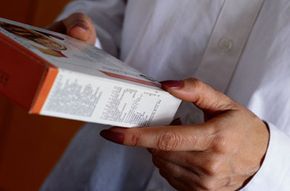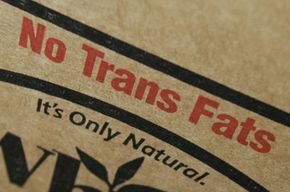We're all going to die sometime. We could get hit by a bus tomorrow or be felled by a heart attack on Monday morning. So why freak out about the fat content in those french fries you're coveting? Is it worth living to the wrinkled old age of 120 if you eat nothing but organic lawn clippings to get there? On the other hand, if the only time you don't have a chili dog in your hands is when your favorite hot-dog vendor at the ballpark cuts you off because she feels you've had one too many, maybe it's time to take a more moderate approach to your diet.
Look at the labels of your favorite cheese spread, frozen pizza or even the tub of whipped cream sitting in your fridge. As you scan the ingredients and dietary information, it's easy to get lost in a sea of technical gobbledygook that you can't make heads or tails of. The bad news is that you may have been consuming this stuff all your life, and some of the products you think are harmless are actually thwarting your best intentions to be healthy.
Advertisement
When you start looking around your pantry, pausing in the grocery store aisle and paying attention to the levels of saturated fats and trans fats in some of the common (and delicious -- drat!) items you eat every day, you may just skip dinner and go to bed early. But don't feel too bad. It's difficult to entirely avoid saturated fats and trans fats. However, with a little knowledge about what to look for on food labels, your cholesterol levels and your body will have a fighting chance.
Before you hand that graham cracker to your kid or spread the cream cheese too thick on your bagel, you need to know more about the fats inside those products. You've come to the right place. We're going to learn why trans fats and saturated fats have such a bad reputation, and why you should limit your intake of these substances for the sake of your heart.
Advertisement




